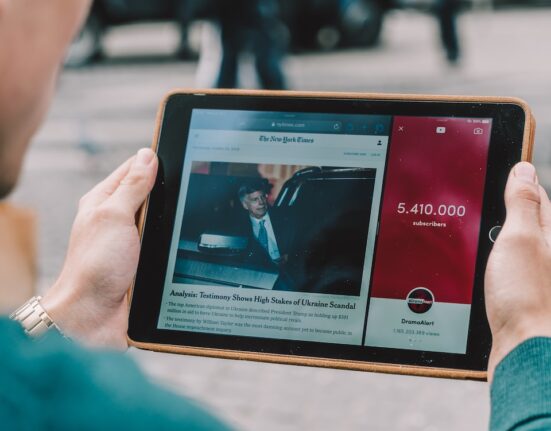The Evolving Classroom: Exploring the Role of Technology in Modern Education
Technology has revolutionized the way we live, work, and learn. In modern education, technology plays a crucial role in enhancing teaching and learning experiences, enabling new forms of collaboration, and providing access to resources and information like never before.
Technology has opened up endless possibilities in education, one of which is the ability to customize learning experiences for individual students. With the help of technology, teachers can create personalized learning plans that are tailored to each student’s unique needs, strengths, weaknesses, and learning style. This approach not only enables students to learn at their own pace, but it also allows teachers to keep track of individual progress and provide additional support as needed. By leveraging technology to personalize learning, we can create a more inclusive and engaging learning environment that meets the diverse needs of our students. Moreover, personalized learning can help students to develop self-directed learning skills and a lifelong love of learning, as they become more invested in their education and take ownership of their learning journey. Ultimately, by embracing technology to customize learning experiences, we can help students reach their full potential and prepare them for success in a rapidly changing world.

With the increasing use of technology in education, teachers have access to a wide range of digital tools that can transform traditional learning into engaging and interactive experiences. Through the use of videos, animations, simulations, and other digital media, teachers can make complex concepts more accessible and bring abstract ideas to life in a way that is both fun and interactive for students. Moreover, technology allows for real-time collaboration and group activities, enabling students to work together on projects, quizzes, and discussions, regardless of their physical location. This not only makes learning more engaging but also helps to develop critical thinking, communication, and problem-solving skills in students. In today’s digital age, it’s essential that we embrace the use of technology to enhance teaching and learning experiences and equip our students with the skills they need to succeed in an ever-changing world. By leveraging digital tools and resources to create more engaging and interactive learning experiences, we can inspire our students to learn and foster a love of learning that will stay with them for years to come.
In today’s interconnected world, collaboration and communication with people from different cultures and backgrounds are becoming increasingly important. With the use of technology, students can connect with peers from around the world, work on projects together, and exchange ideas in real-time. This not only promotes cross-cultural understanding and global citizenship but also prepares students for the diverse and interconnected world they will be a part of in the future. Online platforms and tools provide students with the opportunity to develop their communication and collaboration skills, as well as gain a broader perspective on different cultures, languages, and ways of thinking. By using technology to facilitate global collaboration and communication, we can prepare our students to be competent and responsible global citizens who are capable of working together towards a better future for all.
Technology has also expanded access to education and resources for students who face geographical or economic barriers. Online courses, e-books, and open educational resources are just some examples of how technology has made it possible for students to learn from anywhere, at any time, and at a lower cost.
Despite these benefits, technology in education also presents some challenges. One of the major concerns is the digital divide, where students who do not have access to technology or internet connectivity may be left behind. Additionally, concerns about privacy and security of student data are also valid and must be addressed through proper protocols and safeguards.
Technology has undoubtedly revolutionized modern education, offering new opportunities and possibilities for both teachers and students. With the use of technology, we can provide personalized learning experiences, engage students in interactive and collaborative activities, and expand access to education beyond traditional boundaries. As we continue to embrace technology in education, it is important to remember that we must prioritize equity and safety, ensuring that all students have equal access to technology and that their online experiences are safe and secure. By using technology responsibly and innovatively, we can create a brighter future for our students, equipping them with the skills and knowledge they need to succeed in an ever-changing world.
Image Source : IT Chronicles






